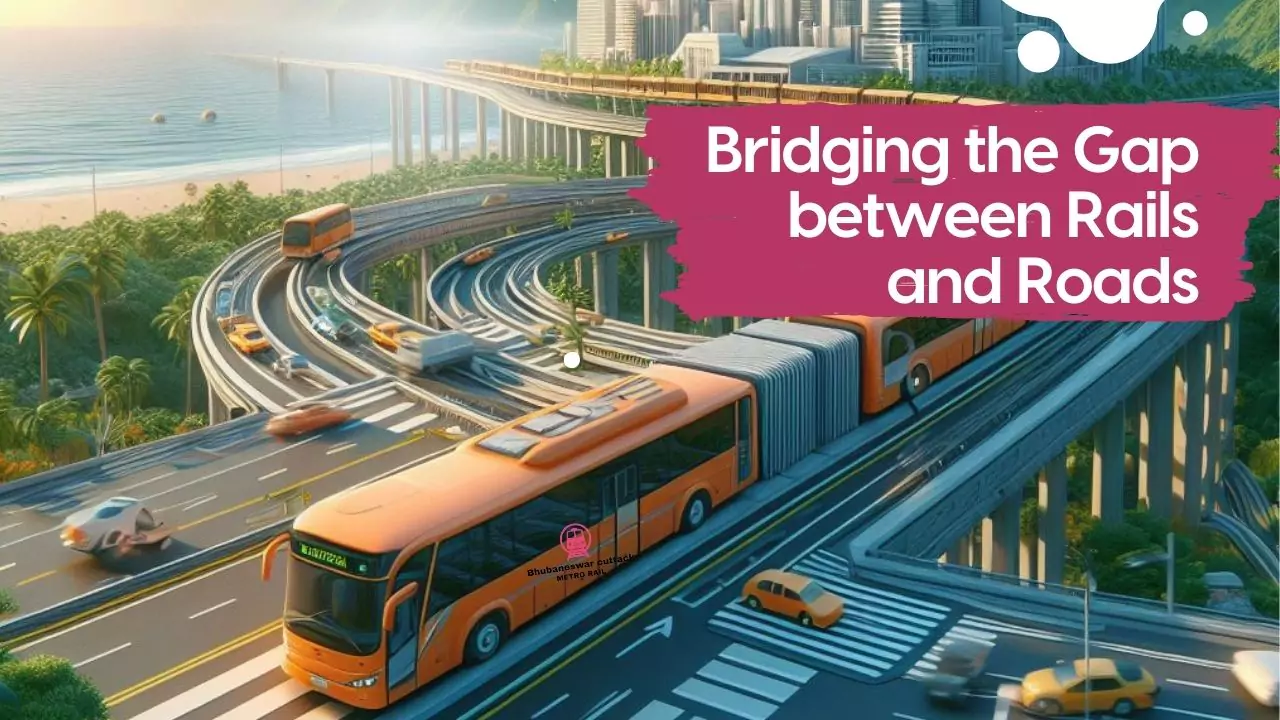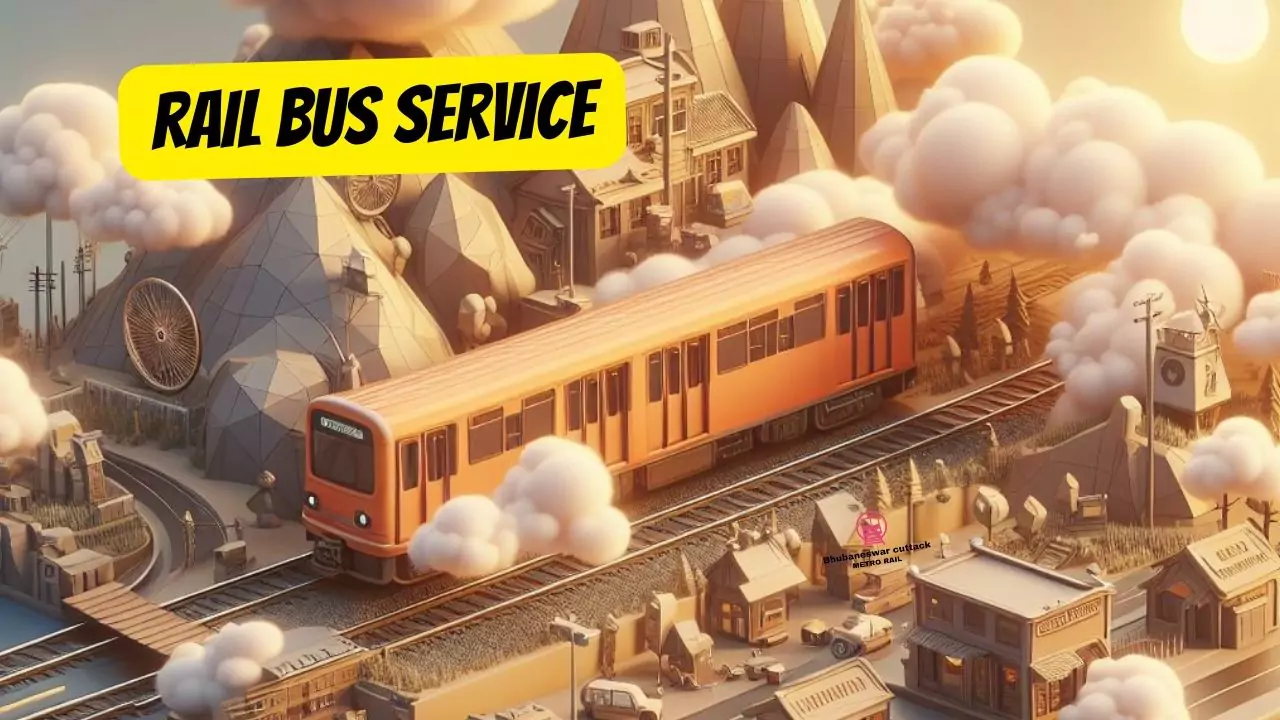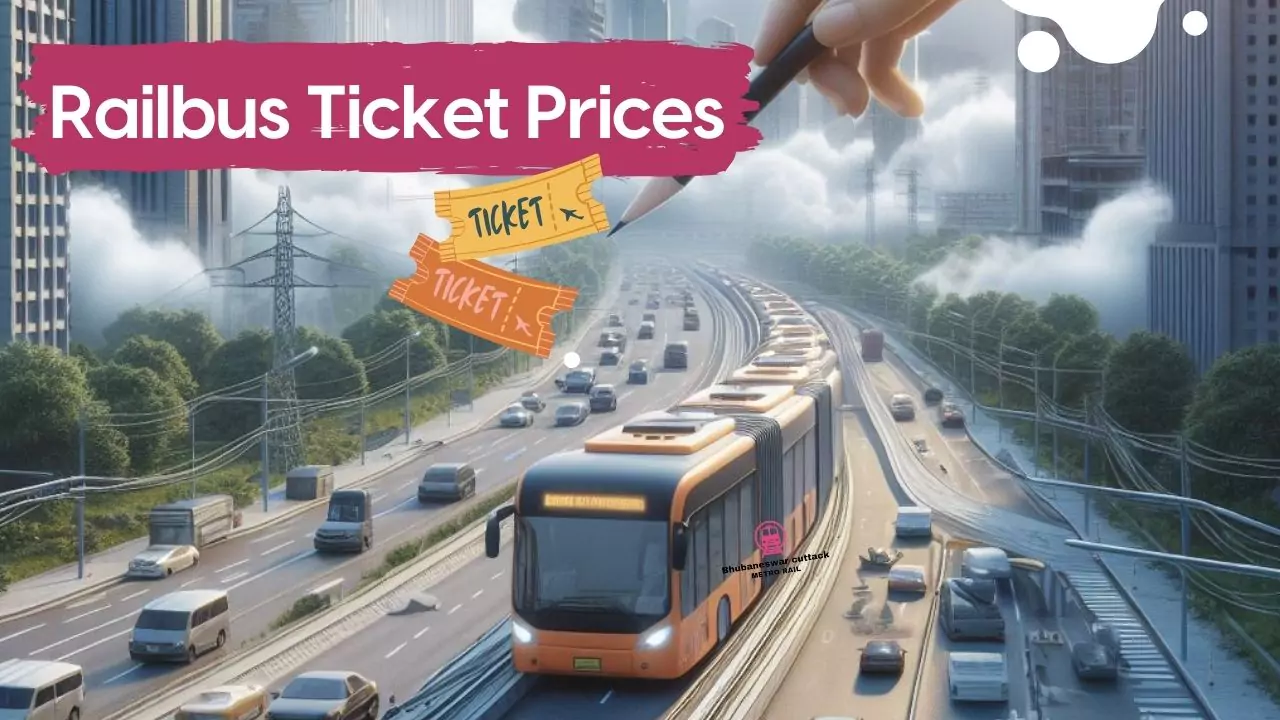RailBus Service Introduction:
Railbus services have emerged as a fascinating and efficient mode of transportation, blending the benefits of both rail and road travel. This innovative concept addresses the need for flexible public transportation solutions, providing a unique combination of convenience and cost-effectiveness. Railbus services offer a dynamic and practical solution to the challenges of public transportation. By combining the flexibility of buses with the efficiency of rail travel, railbuses contribute to improved connectivity and accessibility. As these services continue to evolve, they are likely to play a significant role in shaping the future of transit, providing sustainable and cost-effective options for commuters.

What is RAILBUS Service?
Railbus service refers to a mode of public transportation that combines features of both buses and trains. Unlike traditional trains, railbuses are road-ready vehicles equipped with rail wheels. This versatility allows them to seamlessly transition between rail tracks and regular roads, offering a more adaptable and accessible transit option.
Meaning of the word RAILBUS:
The term “railbus” is a portmanteau of “rail” and “bus.” It aptly describes a vehicle designed to operate on both railway tracks and regular roads. These vehicles are typically smaller than conventional trains and offer a more flexible mode of transportation, especially in areas where building a dedicated railway infrastructure might be impractical.
How do rail buses work?
Railbuses are designed with dual capabilities, featuring both rubber tires for road travel and rail wheels for railway tracks. When operating on roads, these vehicles function like regular buses, navigating through city streets and local roads. When reaching a railway line, the railbus can smoothly transition onto the tracks, continuing its journey on the existing rail network. This adaptability makes railbuses an ideal solution for regions with limited rail infrastructure or varying terrains.
The Marvelous Rail Bus: Features and Benefits
Flexible Routing:
Unlike traditional trains bound by fixed routes, the RailBus Service can navigate city streets with ease, responding to changing travel demands and reaching areas untouched by rail infrastructure.
You Also Read Metro Trains Infrastructure
Seamless Connectivity of RailBus Service:
With rail bus stations strategically placed throughout the city, passengers can conveniently switch from bus to rail bus, ensuring a seamless and uninterrupted travel experience.

Enhanced Efficiency:
The rail bus combines the speed and efficiency of a train with the ability to pause and pick up passengers at designated stops, preventing unnecessary delays and ensuring an optimal flow of commuters.
Spacious Interior:
Step inside a rail bus, and you’ll be pleasantly surprised by the ample space available for passengers. With comfortable seating arrangements and dedicated areas for luggage and prams, the rail bus caters to the diverse needs of its riders.
Eco-Friendly Commuting:
In an era when environmental concerns are paramount, the rail bus stands out as a sustainable solution. By using electric or hybrid engines, it minimizes emissions and contributes to reducing carbon footprints in urban areas.
Reduced Traffic congestion:
The rail bus’s capability to carry a large number of passengers alleviates traffic congestion in busy city centers, relieving the strain on roads and minimizing the time spent in gridlock.
Affordable Fares:
The rail bus offers a cost-effective alternative to private transportation. With competitive ticket prices, commuters can save money while enjoying a convenient and reliable mode of transport.
Railbus Ticket Prices:
Railbus ticket prices vary depending on the service provider, route, and region. Typically, railbus tickets are competitively priced, offering an affordable alternative to traditional train services. Prices may also factor in the distance traveled, additional amenities on board, and any promotional offers or discounts available. Passengers can check with the respective railbus operators or visit their websites for accurate and up-to-date fare information.

The Future of Urban Transportation
As cities around the world grapple with the challenges of congestion, pollution, and inefficient transportation systems, the rail bus emerges as a beacon of hope. Its seamless integration of rail and bus technologies offers a comprehensive solution to these pressing issues, providing commuters with a reliable, comfortable, and sustainable mode of travel.
With ongoing advancements in rail bus technology, we can expect further improvements in connectivity, capacity, and energy efficiency. As more cities embrace this innovative approach, urban dwellers will enjoy the tangible benefits of reduced traffic, cleaner air, and enhanced mobility.
FAQs: Unveiling the RailBus Service:
Q: Are railbuses available in urban areas?
A: Yes, railbuses are designed to operate in both urban and rural areas, providing a versatile transportation solution.
Q: How often do railbuses run?
A: The frequency of railbus services depends on the specific route and operator. It’s recommended to check the schedule provided by the transportation authority or service provider.
Q: Can railbuses carry bicycles and large luggage?
A: Policies regarding bicycles and luggage may vary among railbus operators. Passengers should inquire about specific guidelines when purchasing tickets.
Q: Are railbus tickets refundable?
A: Refund policies differ between operators. Passengers should review the terms and conditions of the ticket purchase or contact the RailBus Service provider for details.
Q: How does the rail bus differ from a regular bus?
A: While both vehicles transport passengers, the rail bus has the added advantage of being able to travel on dedicated tracks, allowing for faster and more efficient journeys.
Q: Do rail buses require major infrastructure investments?
A: Compared to traditional train systems, rail buses require fewer infrastructure upgrades. Existing road networks can be adapted to accommodate rail bus tracks, reducing construction costs and enabling faster implementation.
Q: What safety measures are in place on rail buses?
A: RailBus design incorporates advanced safety features, including automatic braking systems, onboard surveillance, and emergency exits, ensuring passenger well-being during travel.
Q: Can the rail bus operate in all weather conditions?
A: Yes, rail buses are designed to operate in a variety of weather conditions, including rain, snow, and extreme temperatures, offering reliable service year-round.
Q: How is the rail bus powered?
A: Rail buses can be powered by electricity or hybrid engines. The use of sustainable energy sources ensures minimal environmental impact and reduces dependence on fossil fuels.
Conclusion
The rail bus represents a paradigm shift in urban commuting. Its flexible routing, enhanced efficiency, and environmental friendliness make it the perfect choice for the modern traveler. So, next time you find yourself navigating the bustling city streets, keep an eye out for the rail bus—your ticket to a brighter, more sustainable future! All aboard the RailBus Service revolution!
